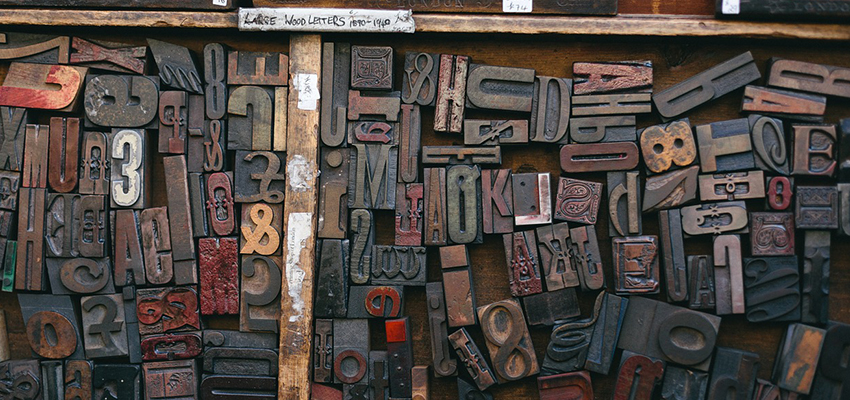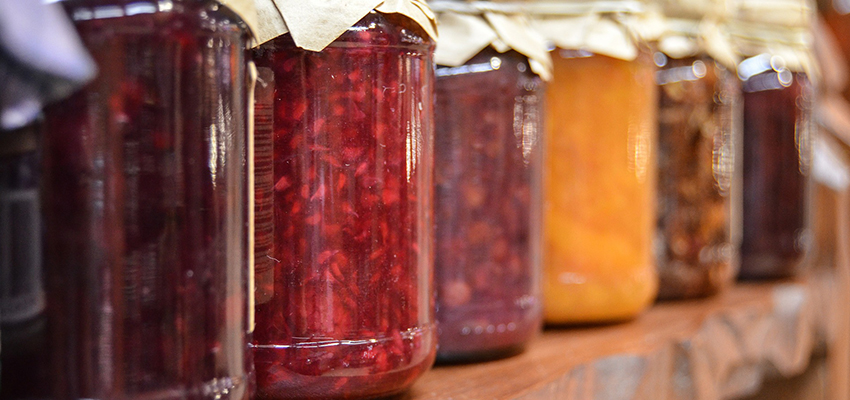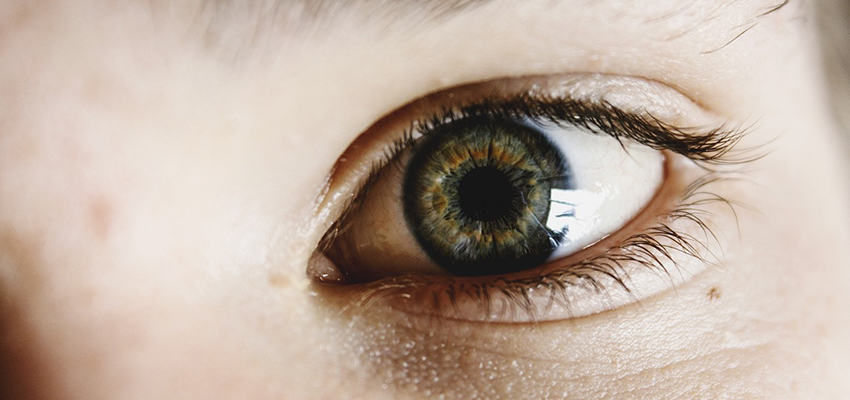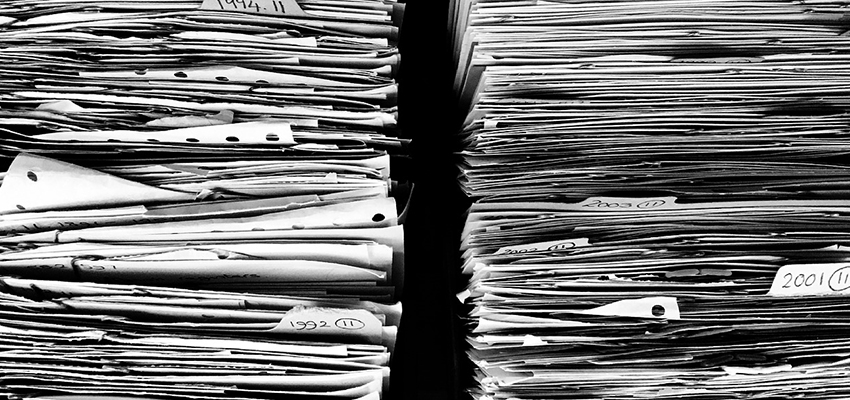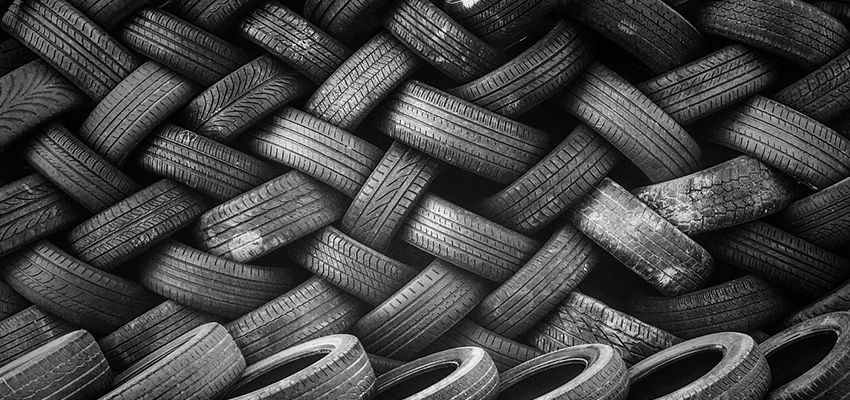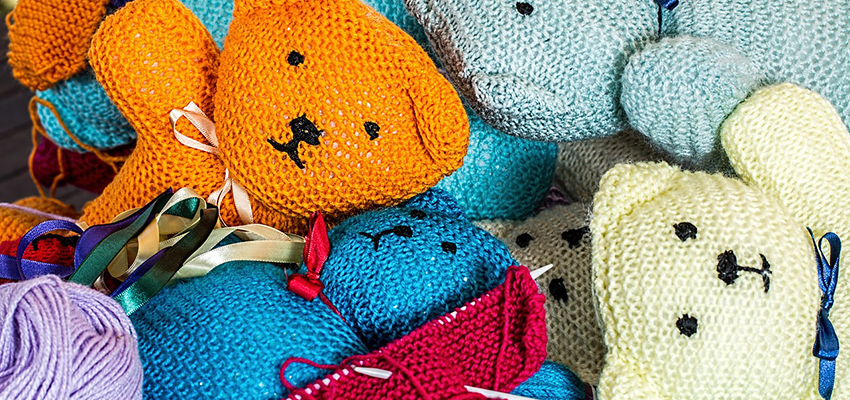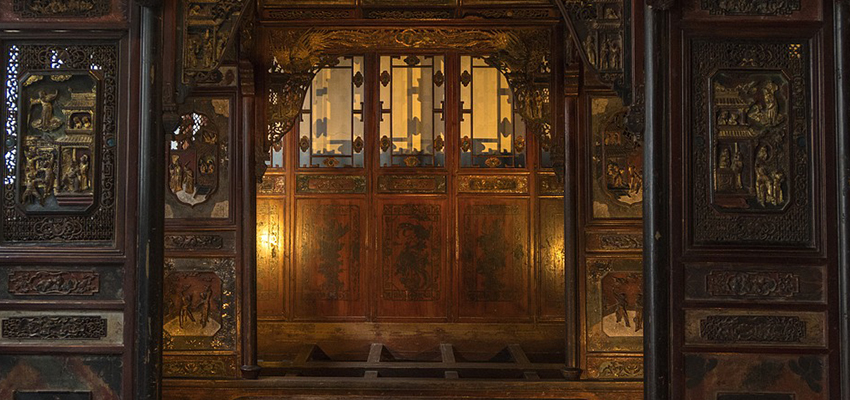Search the wiki
Material Naming Conventions
Material naming convention
We are using the following tokens for naming materials and each token should be seperated with an underscore:
<materialType>_<classification>_<variant>_<TYPE>
For example:
- wood_oak_damaged_MAT
- metal_chrome_rough_MAT
If you have materials that are very similar and are struggling to give them unique Variant names, please add a three padded number (starting with 001) to the end of the Variant. For example:
- metal_chrome_rough001_MAT
- metal_chrome_rough002_MAT
MaterialType
We are breaking our material tags down into the following main material types as broken down in this doc: Let’s Talk Science: Types of Materials. Please note, the materialType token is mandatory.
- ceramic
- glass
- leather
- metal
- organic
- paper
- plastic
- rubber
- textile
- wood
classification
The classification token is mandatory and will describe the type of material. For example, is the wood a hardwood or a softwood, or is the metal steel or copper. More examples of classification can be found under each of the material types below. Sometimes you won’t know what the classification is and if this is case, please add generic.
For example:
- wood_oak_damaged_MAT
- wood_generic_MAT
variant
The Variant token is optional. It can be used to give a clear indication of the state or characteristic of the material.
For example:
- wood_oak_damaged_MAT
- metal_chrome_rough_MAT
- metal_painted_grey_MAT
TYPE
The type token is mandatory for the material and should describe the type of object. Please note that the type token should be capitalised and written like so: _MAT.
Material Types and Classifications
The following is a more detailed breakdown of the approved material types and classifications. Please note, we’ll be looking to add more classifications as we go.
Ceramic
Ceramics are often defined by what they’re not. They are nonmetallic and inorganic solids. This means they aren’t made of metal, wood, plastics, or rubber. They are made by baking clay, sand, and other natural materials at very high temperatures. The main properties of ceramics are: 1. They are usually hard 2. Heat resistant: they have a high melting point 3. Resistant to chemical corrosion 4. They do not conduct heat or electricity: this means they make good insulators. Source: Let’s Talk Science: Types of Materials.
Examples:
- ceramic_generic
- ceramic_brick
- ceramic_tile
- ceramic_porcelain
- ceramic_concrete
- ceramic_earthenware
- ceramic_china
- ceramic_stoneware
Glass
Glass is one of the most versatile materials created by humans. Glass is made mostly of sand, which is made up of silicon dioxide. When sand is heated to a very high temperature (about 1700°C) it becomes a liquid. When it cools again, it undergoes a complete transformation and becomes a clear solid. The main properties of glass are: 1. Transparency: you can see through it 2. Heat resistance: it doesn’t melt easily 3. Hardness: inability to break. Source: Let’s Talk Science: Types of Materials.
Examples:
- glass_generic
- glass_marble
- glass_pyrex
- glass_tempered
- glass_laminate
- glass_annealed
- glass_strengthened
Leather
Traditional leather is made from animal skins. Synthetic, or faux leather is manufactured. Leather is used to make everything from car seats to furniture to footballs to handbags. It is durable and has a natural finish. These properties are difficult to recreate with synthetic materials. Source: Let’s Talk Science: Types of Materials.
Examples:
- leather_generic
- leather_cowhide
- leather_faux
- leather_goatskin
- leather_pigskin
- leather_sheepskin
- leather_suede
Metal
Metals are some of the most important materials used in manufacturing and building. Some examples of metals are iron, aluminum, copper, zinc, tin, and lead. Many metals we use today are alloys. Alloys are made by combining two or more metals. They can also combine a metal with a nonmetal material. Alloys are made to give the metal new characteristics. Things like increased hardness or strength. For example, steel is an alloy of iron that contains a small amount of carbon.
All metals share three main characteristics:
- Lustre: they are shiny when cut or scratched
- Malleability: although they are strong, they can be bent or shaped with the right amount of heat and force
- Conductivity: they conduct heat and electricity
But individual metals have different properties. Metals and metal alloys are usually chosen for objects based on their properties. Many types of metals are used in household objects, from copper to steel, even gold! Source: Let’s Talk Science: Types of Materials.
Examples:
- metal_generic
- metal_aluminium
- metal_brass
- metal_bronze
- metal_chrome
- metal_copper
- metal_gold
- metal_iron
- metal_nickel
- metal_steel
Organic
Organic matter, organic material, or natural organic matter refers to the large source of carbon-based compounds found within natural and engineered, terrestrial, and aquatic environments. It is matter composed of organic compounds that have come from the feces and remains of organisms such as plants and animals. Organic molecules can also be made by chemical reactions that do not involve life. Basic structures are created from cellulose, tannin, cutin, and lignin, along with other various proteins, lipids, and carbohydrates. Organic matter is very important in the movement of nutrients in the environment and plays a role in water retention on the surface of the planet. Source: Wikipedia: Organic Matter
Examples:
- organic_generic
- organic_cornea
- organic_leaf
- organic_iris
- organic_nail
- organic_skin
Paper
Paper is made from a material called pulp. Pulp is made from wood fibres mixed with water. These fibres usually come from softwood trees like spruce and pine. To make paper, trees are cut up and the bark is removed. Then the wood is ground into tiny pieces and mixed with water to create pulp. The pulp is chemically treated then pressed flat and dried.
Cardboard is made up of several layers of paper combined. Corrugated cardboard is made up of two sheets of flat paper that have a third sheet of paper corrugated or bent to form a wave shape between them. The final product is stiff, strong, and very lightweight. This cardboard can be folded up and glued to create boxes or other packing materials. Source: Let’s Talk Science: Types of Materials.
Examples:
- paper_generic
- paper_cardboard
- paper_corrugated
- paper_parchment
- paper_wallpaper
- paper_ricepaper
Plastic
Plastics come in many different forms. They are used to make a wide variety of products. Plastic molecules are made up of long chains. These molecules are called polymers.
Most plastics are either thermoplastics or thermoset plastics. Thermoplastics are heated and then moulded into shape. They can be reheated later and reshaped. Most plastic bottles are thermoplastic. Thermoset plastics can only be heated and shaped once. Thermoset plastics are used to make things like electrical insulation, dinner plates and automobile parts. Source: Let’s Talk Science: Types of Materials.
Examples:
- plastic_generic
- plastic_cd
- plastic_film
- plastic_foam
- plastic_pvc
- plastic_resin
- plastic_rubber
Rubber
There are two main types of rubber: natural rubber and synthetic rubber. Natural rubber is made from latex, which is produced by plants. Synthetic rubber is made using a mix of chemicals. Synthetic rubber has many of the same characteristics as natural rubber. It can be used in tires, hoses, belts, flooring and more. Source: Let’s Talk Science: Types of Materials.
Examples:
- rubber_generic
- rubber_balloon
- rubber_latex
- rubber_tyre
Textile
The word textiles originally referred to woven fabrics. Now it usually refers to all fibres, yarns, and fabrics. Textiles can be made from natural materials like wool and cotton, or from synthetic materials like polyester. Textiles are used to make clothing, carpet, and many other products.
Textiles are made up of many tiny parts called fibres. Textile fibres must have specific properties in order to be spun into yarn or made directly into fabrics. They must be strong, flexible, elastic, and durable. Fibres with these properties can be made into yarns and fabrics with similar properties. Source: Let’s Talk Science: Types of Materials.
Examples:
- textile_generic
- textile_cotton
- textile_corduroy
- textile_linen
- textile_polyester
- textile_satin
- textile_silk
- textile_suede
- textile_wool
Wood
Scientifically, wood can be classified as either hardwood or softwood. Please note, we are not adding this classification into our naming convention.
Hardwood comes from deciduous trees. These are trees that lose their leaves in the fall. Hardwood is usually used to make furniture and in construction projects that need to last for a long time. Examples of hardwoods are oak, maple, and walnut.
Softwood comes from coniferous trees. Coniferous, or evergreen trees, keep their needles all year round. Most timber, or wood that is prepared for construction, is made from softwood trees. Softwood is usually used in parts of buildings, like windows and doors. It is also used in some kinds of furniture. Examples of softwoods are pine, fir, and spruce.
Different types of trees produce wood with different properties. But all types of wood have some physical characteristics in common. First, wood is strong. Its strength depends on its grain. Grain is the natural direction of growth of the fibres in the wood. Wood is very resistant to compression when force is applied in the direction of the grain. But it can break easily if force is applied against the grain. Source: Let’s Talk Science: Types of Materials.
Examples:
- wood_generic
- wood_ash
- wood_beech
- wood_birch
- wood_cork
- wood_floorboard
- wood_maple
- wood_pine
- wood_oak
- wood_spruce
- wood_timber
- wood_walnut
Further Reading
- Model Naming Conventions – This doc will give a breakdown of how to go about naming objects for modelling.
Support CAVE Academy
Here at CAVE Academy the beauty of giving and sharing is very close to our hearts. With that spirit, we gladly provide Masterclasses, Dailies, the Wiki, and many high-quality assets free of charge. To enable the team to create and release more free content, you can support us here: Support CAVE Academy

